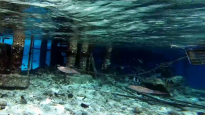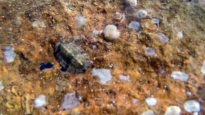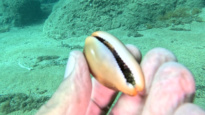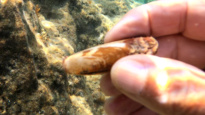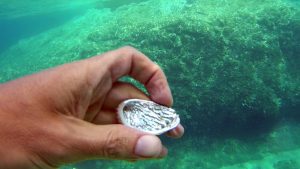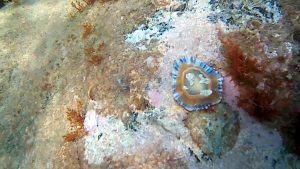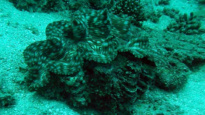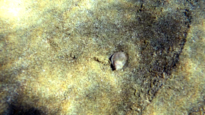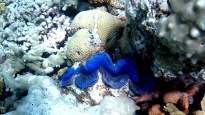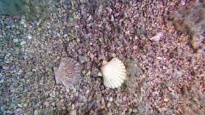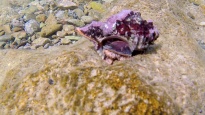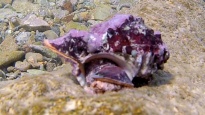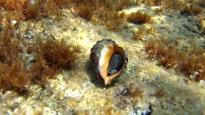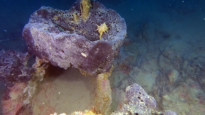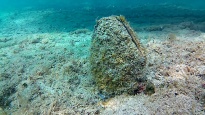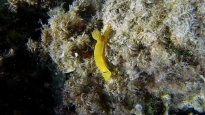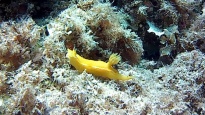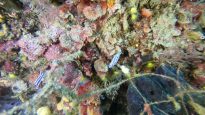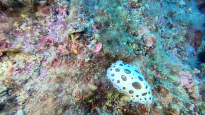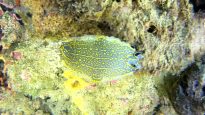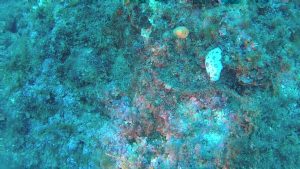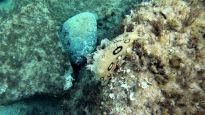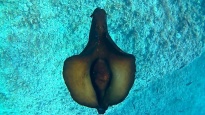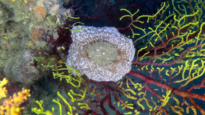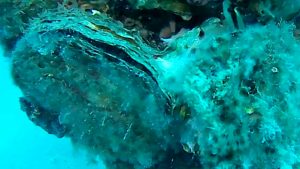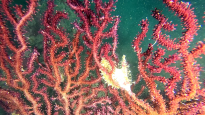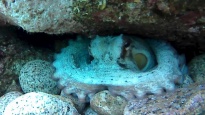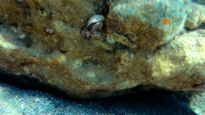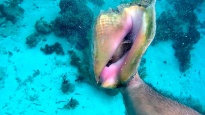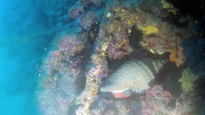Molluschi - Mollusca
Adanson's slit shell - Entemnotrochus adansonianus
Bigfin reef squid - Sepioteuthis lessoniana
Chitone del Mediterraneo - Chiton olivaceus
Cochlear ostrea - Neopycnodonte cochlear
Cypraeidae - Luria Lurida
Date mussel - Lithophaga lithophaga
Ear of Venus - Haliotis - Tuberculata Lamellosa
Gastropod - Patellae
Giant tridacna - Tridacna gigas
Grey bonnet or Glaucus bonnet - Phalium glaucum
Maxima clam - Tridacna maxima
Mediterranean Mussel - Mytilus galloprovincialis
Mediterranean scallop - Pecten jacobaeus
Murex - Muricidae
Murex - Hexaplex trunculus
Red-mouthed rock shell - Muricidae - Stramonita haemastoma
Spiny dye-murex - Bolinus brandaris
Nacchera - Pinna nobilis
Noah's Ark seashell - Arca noae
Nudibranchi - Nudibranchia
Doride giallo - Baptodoris cinnabarina
Doride tricolore - Felimare tricolor
Dotted sea slug - Peltodoris atromaculata - Discodoris atromaculata
Felimare picta
Jorunna funebris - Nudibranchs
Lepre di mare dagli Anelli - Aplysia dactylomela
Sea hare - Aplysia depilans
Umbraculum mediterraneum – Umbraculum umbraculum
Ostrica - Ostrea
Ostrica alata - Pteria hirundo
Polpo - Octopus vulgaris
Spiny Oysters - Spondylus gaederopus
Strombus gigas - Lobatus gigas
Triton's trumpet Giant Triton - Charonia tritonis
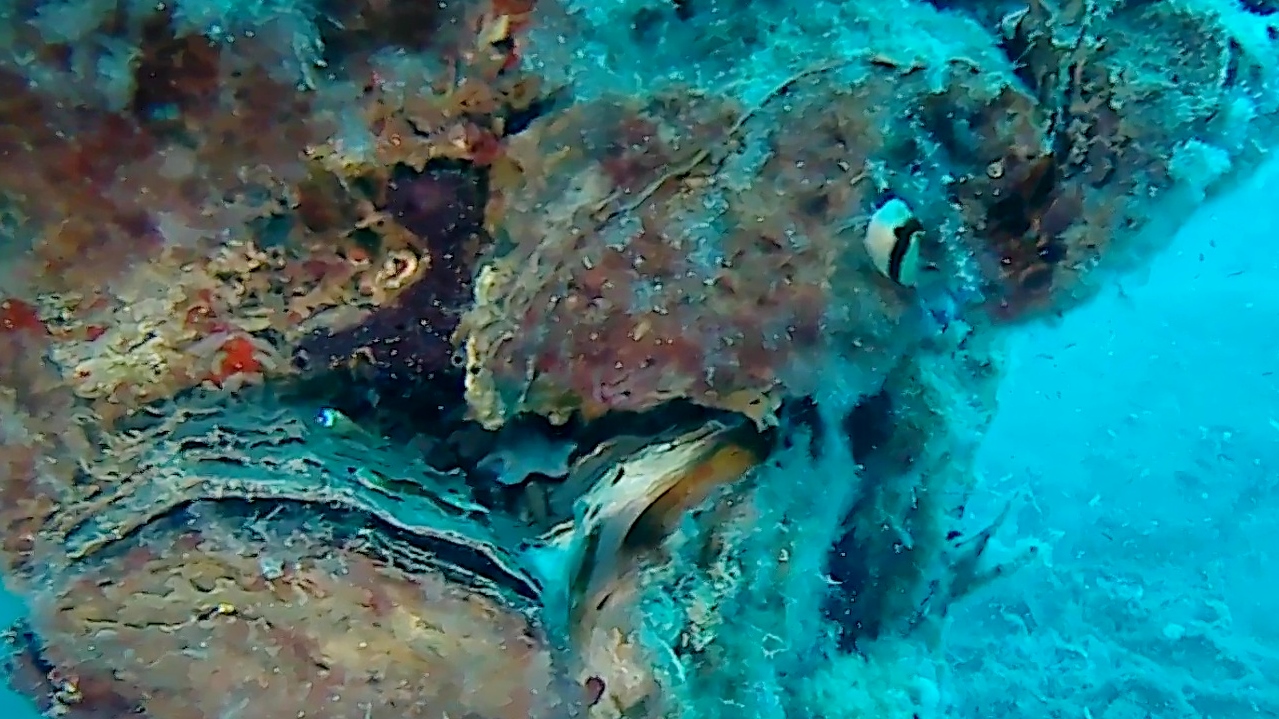
Mollusca is a large phylum of invertebrate animals whose members are known as molluscs or mollusks (/ˈmɒləsk/). Around 85,000 extant species of molluscs are recognized. The number of fossil species is estimated between 60,000 and 100,000 additional species.
Molluscs are the largest marine phylum, comprising about 23% of all the named marine organisms. Numerous molluscs also live in freshwater and terrestrialhabitats. They are highly diverse, not just in size and in anatomical structure, but also in behaviour and in habitat. The phylum is typically divided into 9 or 10 taxonomic classes, of which two are entirely extinct. Cephalopod molluscs, such as squid, cuttlefish and octopus, are among the most neurologically advanced of all invertebrates—and either the giant squid or the colossal squid is the largest known invertebrate species. The gastropods (snails and slugs) are by far the most numerous molluscs in terms of classified species, and account for 80% of the total.
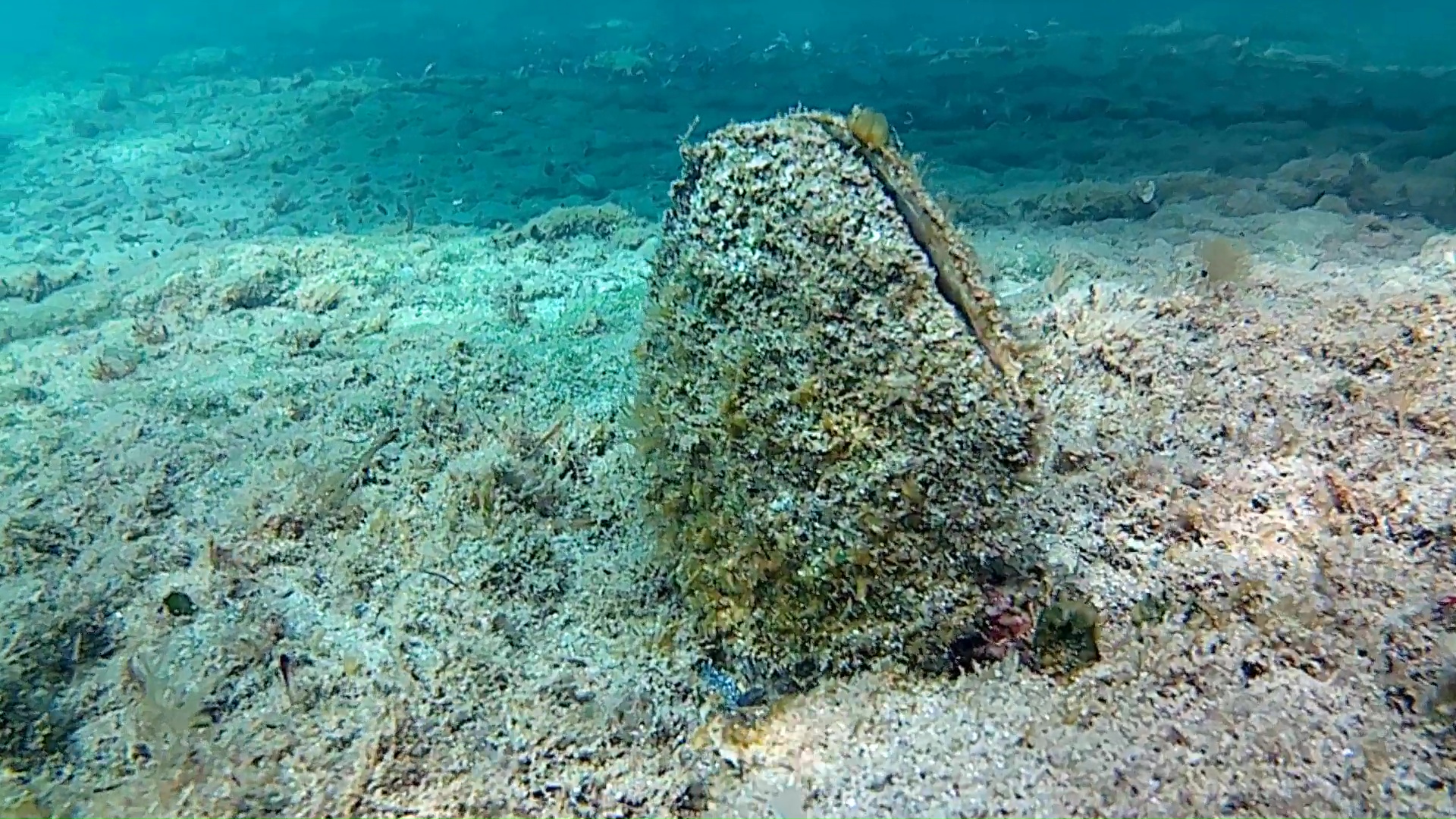
The three most universal features defining modern molluscs are a mantle with a significant cavity used for breathing and excretion, the presence of a radula(except for bivalves), and the structure of the nervous system. Other than these common elements, molluscs express great morphological diversity, so many textbooks base their descriptions on a “hypothetical ancestral mollusc” (see image below). This has a single, “limpet-like” shell on top, which is made of proteins and chitin reinforced with calcium carbonate, and is secreted by a mantle covering the whole upper surface.
The underside of the animal consists of a single muscular “foot”. Although molluscs are coelomates, the coelom tends to be small. The main body cavity is a hemocoel through which bloodcirculates; as such, their circulatory systems are mainly open. The “generalized” mollusc’s feeding system consists of a rasping “tongue”, the radula, and a complex digestive system in which exuded mucus and microscopic, muscle-powered “hairs” called cilia play various important roles. The generalized mollusc has two paired nerve cords, or three in bivalves. The brain, in species that have one, encircles the esophagus. Most molluscs have eyes, and all have sensors to detect chemicals, vibrations, and touch. The simplest type of molluscan reproductive system relies on external fertilization, but more complex variations occur. All produce eggs, from which may emerge trochophore larvae, more complex veliger larvae, or miniature adults.
Good evidence exists for the appearance of gastropods, cephalopods and bivalves in the Cambrian period 541 to 485.4 million years ago. However, the evolutionary history both of molluscs’ emergence from the ancestral Lophotrochozoa and of their diversification into the well-known living and fossil forms are still subjects of vigorous debate among scientists.

Molluscs have been and still are an important food source for anatomically modern humans. There is a risk of food poisoning from toxins which can accumulate in certain molluscs under specific conditions, however, and because of this, many countries have regulations to reduce this risk. Molluscs have, for centuries, also been the source of important luxury goods, notably pearls, mother of pearl, Tyrian purple dye, and sea silk. Their shells have also been used as money in some preindustrial societies.

Mollusc species can also represent hazards or pests for human activities. The bite of the blue-ringed octopus is often fatal, and that of Octopus apollyoncauses inflammation that can last for over a month. Stings from a few species of large tropical cone shells can also kill, but their sophisticated, though easily produced, venoms have become important tools in neurological research. Schistosomiasis (also known as bilharzia, bilharziosis or snail fever) is transmitted to humans via water snail hosts, and affects about 200 million people. Snails and slugs can also be serious agricultural pests, and accidental or deliberate introduction of some snail species into new environments has seriously damaged some ecosystems.
- Subphylum Aculiferi (Aculifera):
- Classe Solenogastri (Solenogastres)
- Classe Caudofoveati (Caudofoveata)
- Classe Poliplacofori (Polyplacophora)
- Subphylum Conchiferi (Conchifera):
- Classe Monoplacofori (Monoplacophora)
- Classe Gasteropodi (Gastropoda)
- Classe Bivalvi (Bivalvia)
- Classe Scafopodi (Scaphopoda)
- Classe Cefalopodi (Cephalopoda)
- Classe Rostroconchi (Rostroconchia)
- Classe Helcionelloida
- Classe Tentaculita
https://en.wikipedia.org/wiki/Mollusca


